Uncategorized
-
 Environment
EnvironmentNew material could filter water contaminants that others miss
A new polymer offers a better way to pull fluorine-containing pollutants out of drinking water.
-
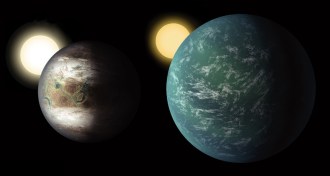 Astronomy
AstronomyKepler shows small exoplanets are either super-Earths or mini-Neptunes
The final catalog from the Kepler space telescope splits Earthlike exoplanets into two groups and pinpoints 10 new rocky planets in the habitable zone.
-
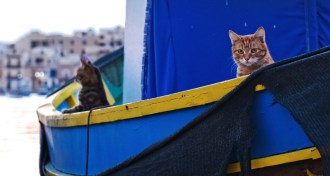 Genetics
GeneticsDNA reveals how cats achieved world domination
Analysis of 9,000 years of cat remains suggests two waves of migration
-
 Psychology
PsychologyAfrican farmers’ kids conquer the marshmallow test
Nso farmers in Cameroon groom kids for self-control that Western peers often lack.
By Bruce Bower -
 Astronomy
AstronomyEclipse watchers catch part of the sun’s surface fleeing to space
A serendipitous eruption during a solar eclipse showed relatively cool blobs of plasma, wrapped in a million-degree flame, streaming from the sun.
-
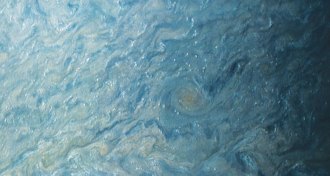 Planetary Science
Planetary ScienceSee the latest stunning views of Jupiter
Once every 53 days, NASA’s Juno spacecraft zooms past Jupiter’s cloud tops. A new sequence of images reveals the encounter from Juno’s viewpoint.
-
 Paleontology
PaleontologyAncient attack marks show ocean predators got scarier
Killer snails and other ocean predators that drill through shells have grown bigger over evolutionary time.
By Susan Milius -
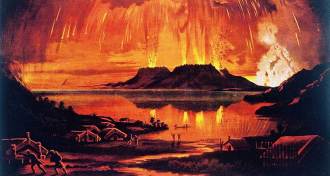 Earth
EarthMagma stored under volcanoes is mostly solid
Ancient zircon crystals provide clues about the magma that fuels volcanic eruptions.
-
 Quantum Physics
Quantum PhysicsQuantum satellite shatters entanglement record
A satellite sent entangled particles to two Chinese cities 1,200 kilometers apart.
-
 Health & Medicine
Health & MedicineIn 1967, researchers saw the light in jaundice treatment
Researchers discovered how to use light to treat babies with jaundice 50 years ago. But questions remain about the technique’s effectiveness in some cases.
-
 Life
LifeHow bearded dragons switch their sex
RNA editing might affect reptile sex determination at temperature extremes.
-
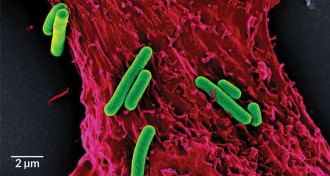 Health & Medicine
Health & MedicineNew heart attack treatment uses photosynthetic bacteria to make oxygen
Photosynthetic bacteria can produce oxygen to keep rat heart muscles healthy after a heart attack.